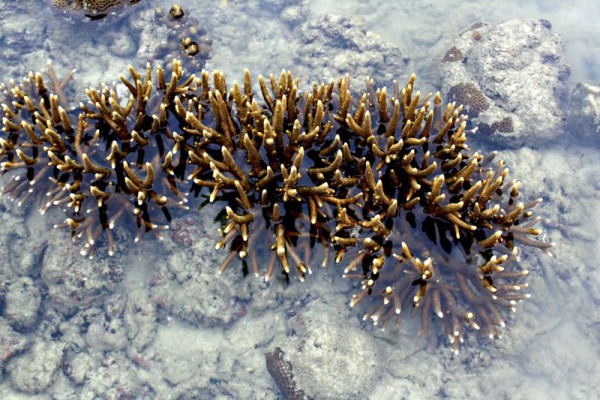Call for stringent testing first
Call for stringent testing first
Deborah Loh and Ahmad Fairuz Othman
PUTRAJAYA, July 26 2005:
A geologist has recommended more stringent testing of seabed changes and water flow around Langkawi following last December?s tsunami, before approval of a proposed reclamation project.
Universiti Malaya Associate Prof Dr Azhar Hussin said shifts on the sea floor, combined with a new reclaimed structure, could alter the hydrography of the area and change the way sediments were dispersed. This in turn could affect coral growth in the area.
Data from the Survey and Mapping Department (Jupem) reported last month showed that since the Dec 26 earthquake, the Sunda Plate on which peninsular Malaysia sits, had shifted westward. Langkawi has moved 18cm to the west.
Azhar called for a longer period to study the waves, currents and tides at the proposed site, off Padang Lalang beach in Ayer Hangat, in north Langkawi. “It?s better to capture the water flow throughout the year rather than during a few months? study, especially following the tsunami, as current hydraulic models might be insufficient to predict accurate changes,” he told the New Straits Times.
Azhar was commenting on the detailed environmental impact assessment for a proposed land reclamation project off Langkawi?s northern shore. He agreed that although coral growth at the proposed site was not abundant, there were still “good corals” to the north and east of three small islands, Pulau Pasir, Pulau Gasing and Pulau Dangli, near where the intended reclamation would be carried out.
He added that birds and bats lived in caves on these limestone islands and their “flight patterns and behaviour also need to be studied as the project involves air recreation”. Although the detailed EIA only covers the reclamation aspect of the project, the developer?s long-term plans include building a light aircraft and amphibious vehicle complex, with hotels and commercial buildings, on the man-made island.
Azhar, who visits Langkawi regularly to research the area?s geology, said he had raised his concerns about sedimentation affecting the corals nearly two years ago, in the first EIA-feedback process on the same project.
In Alor Star, conservationist Irshad Mobarak said the project could endanger birds, bats and marine life in and around the area. Irshad, the Malaysian Nature Society representative on the island, said the proposed project would be in a major coral area. “Some 30 per cent of coral in the area has been damaged,” he said.
“A project like this would further escalate the problem. The corals are natural wave-breakers. They are vital to prevent large waves from coming to shore.”

He also said development works could wipe out fish in the area?s waters, which is famous for its red snapper, groupers, anchovies and prawns. MP for Langkawi Datuk Abu Bakar Taib agreed that proper studies should be done before land reclamation could begin.
Meanwhile, Dr Ahmad Badri Muhamad, the executive chairman of KR Lang Sdn Bhd, the project?s principal, said environmentalists should not condemn it before studying the detailed EIA.
“They should read the report and not simply respond to reports in the newspaper. Don’t debate this in the media. They should send their feedbackto the Department of Environment, that is the proper channel,” he said. Ahmad Badri, an environmental consultant, said he had opposed projects he thought were detrimental in the past, but “this one we have worked on very carefully for eight years”. “This project is important to the country as it can bring in foreign investment. It will be the only one of its kind in Malaysia and Southeast Asia
![]()
 Previous Post
Previous Post Next Post
Next Post







